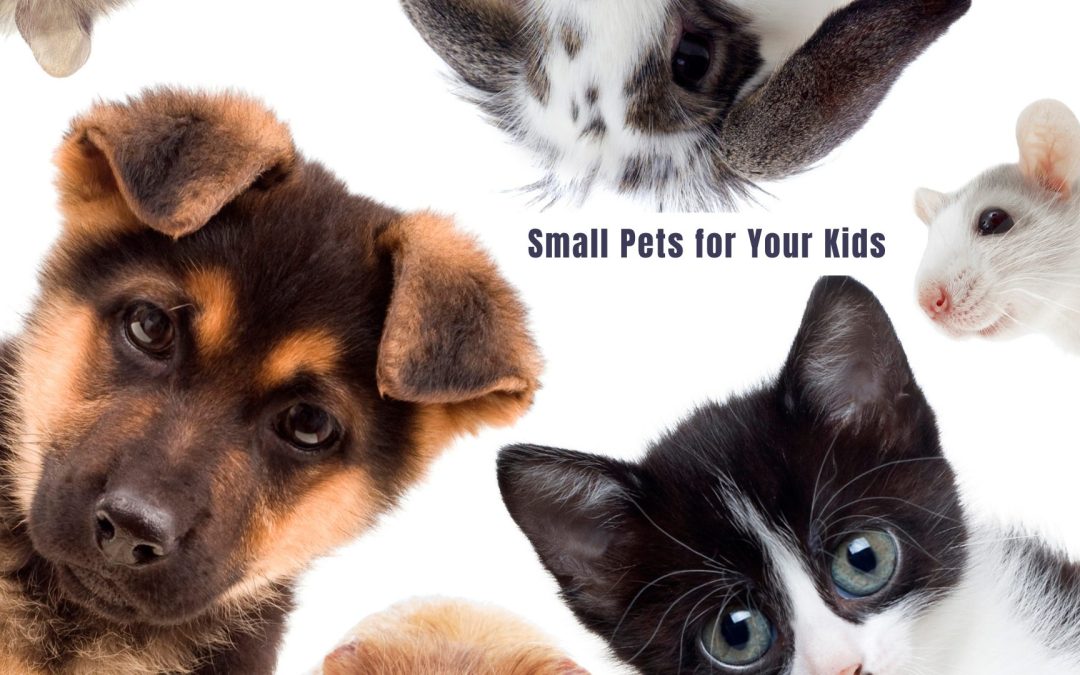If your children have been bugging you for a dog or cat for weeks or even years, you may still be on the fence for a myriad of reasons. Maybe you vacation frequently or are not ready to add on more responsibility to your already full To-Do list. No matter the reasons, if you feel your family is not prepared for a dog or cat friend, it is okay! And if you feel like it would be great to still have some animal in the home, you can consider a smaller pet for your children to begin the caregiver duties.
Furry or Scaly?
If you are thinking about adding a smaller pet to your household to begin with, the next question to ask yourself is whether the animal will be a mammal or something a bit different. There are a bunch of smaller pets that you can bring home, such as guinea pigs, ferrets, lizards, hermit crabs, fish, rabbits, rats, mice, birds, and more! The list can go on and on, it just depends on what your schedule looks like and what kind of animal your children are pinning for. Most often than not, your kids are going to want something that is furry and cute, so a guinea pig, rabbit, gerbil, or mice may top the list.
General Care
Once you have nailed down a specific species, then do your homework on their care and what you will need to properly care for them. Many small pet owners may not realize how much goes into owning a little furry creature, so make sure that this is something you can take on. Most small pets will require a cage or enclosure, which will then need to be cleaned on a regular schedule, depending on the species. Some animals can go longer without needing a cage cleaning, while others need it cleaned more frequently.
And while you are doing your research, make sure to include your children in what the care will consist of, and how much they are willing to help with each task. Of course, we all know most kids will not end up consistently helping with the cleaning, feeding, and overall care of any pet, small or large. But make sure you are including them and have them help in some capacity so you can gauge their willingness to help with any pet you may get in the future.
If you have decided to bring a small pet home, congratulations! The next steps will be the day-to-day of the animal, which your children can help with. You will also need to make sure they know how to properly hold and interact with the small pet as well. Each animal is different, and will want more or less attention, depending on their personality. Make sure your child understand this and takes care when handling and playing with their new furry friend.
Katie Kyzviat

